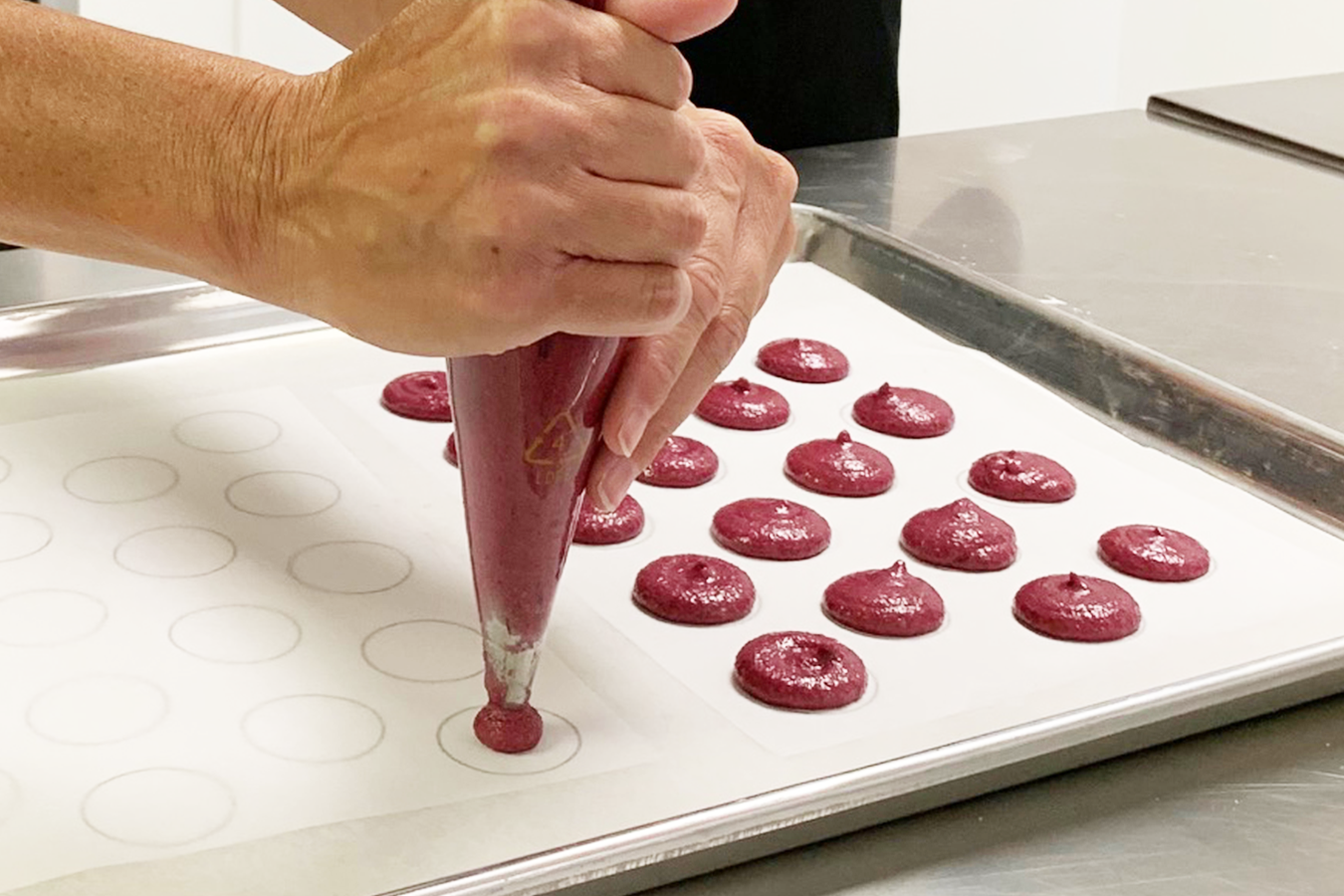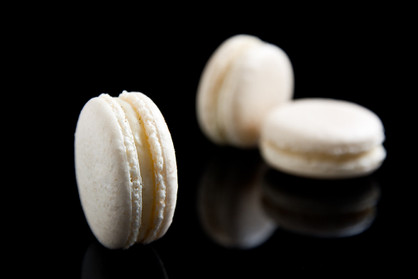Apr 2nd 2025
Origins and History of Macarons Explained
The macaron, a delicate treat with a crisp shell and soft, chewy interior, is a confection that has captured the hearts of many across the globe.
The journey of this sweet delight is as intriguing as its taste, filled with cultural exchanges, culinary evolutions, and a touch of mystery. Let us delve into the rich tapestry of the macaron's history, explore its origins, and uncover the stories that have shaped its path to becoming the beloved treat it is today.
Where Did Macarons Originate?
The macaron, as we know it today, is often associated with France. However, its origins can be traced back to Italy. The word "macaron" itself is derived from the Italian word "maccherone," meaning fine dough. Legend has it that the macaron was brought to France by Catherine de Medici's Italian pastry chefs when she married Henry II of France in the 16th century. These early macarons were simple almond meringue cookies, and quite different from the colorful, filled delicacies we enjoy today.
A Tale of Two Confections: Macarons vs. Macaroons
Before we delve deeper into the macaron's history, it's important to clarify the difference between macarons and macaroons. While the names are often used interchangeably, these two confections are distinct in both origin and composition. Macaroons, particularly coconut macaroons, are a denser, chewier treat made primarily from shredded coconut, sugar, and egg whites. Their origin is also rooted in Italy, but they are a separate evolution from the almond-based macaron.
The Evolution of the Macaron in France
It wasn't until the 20th century that the macaron underwent its most significant transformation. Pierre Desfontaines, the grandson of the founder of the famous French patisserie Ladurée, is credited with creating the macaron we recognize today. In the 1930s, he had the innovative idea of sandwiching two almond meringue cookies together with a ganache filling, creating the delicate, flavorful treat that has become a staple in French patisseries.
The Macaron's Rise to Fame
The macaron's popularity soared in the late 20th century, not only in France but worldwide. Its rise can be attributed to several factors. First, the macaron's aesthetic appeal, with its smooth shell and vibrant colors, made it a favorite among pastry chefs and food photographers. Additionally, its versatility in flavor allowed chefs to experiment and create an array of unique combinations, from classic vanilla and chocolate to more adventurous flavors like lavender and passion fruit.
The macaron's delicate balance of texture and flavor made it a perfect canvas for creative expression, and it quickly became a symbol of culinary sophistication.
Macarons Across the Globe
As the macaron's fame spread, it began to adapt to different cultures and tastes. In Japan, for example, macarons are often infused with local flavors such as matcha and yuzu. In the United States, macarons have become a trendy dessert choice for weddings and celebrations, with bakeries offering endless flavor options to cater to every palate.
The Cultural Significance of Macarons
Beyond their culinary allure, macarons hold cultural significance in various regions. In France, they are often associated with luxury and are a common gift during holidays and special occasions. Their presence in high-end patisseries and cafes further cements their status as a symbol of indulgence and elegance.
In other parts of the world, macarons have become a representation of cultural exchange, showcasing how a confection can transcend borders and bring people together through shared appreciation for fine cuisine.
The Art of Creating Macarons
Creating macarons is an art that requires precision, patience, and a deep understanding of the ingredients and techniques involved. From whipping the perfect meringue to achieving the right consistency of the batter, every step is crucial in determining the final outcome. For emerging chefs, mastering the macaron can be both a challenge and an opportunity to hone their skills and creativity.
Tips for Perfecting the Macaron
- Measure Precisely: Accurate measurements are essential for achieving the right texture and consistency. Use a kitchen scale for precision.
- Age the Egg Whites: Allowing egg whites to age for 24-48 hours can improve the stability of the meringue.
- Macaronage Technique: This is the process of folding the dry ingredients into the meringue. The batter should flow like lava, neither too stiff nor too runny.
- Resting the Shells: Once piped, allow the macaron shells to rest until a skin forms on the surface. This helps create the signature “feet” during baking.
- Experiment with Flavors: While traditional flavors are timeless, don't be afraid to experiment with new and unique combinations.
Read our detailed Macaron recipe.

Piping Macaron during a Macaron Class
Cherishing the Macaron Tradition
Macarons are more than just a dessert; they are a testament to the rich history and cultural exchanges that have shaped the culinary world. Each bite is a celebration of tradition, innovation, and the joy of sharing delicious moments with others.
In the kitchen, the process of making macarons can become a cherished ritual, connecting us to the past while allowing us to express our creativity and passion for food. For emerging chefs, embracing the macaron's history and mastering its creation can open doors to new culinary adventures and unforgettable dining experiences.
As we savor these delightful confections, let us remember the stories they carry and the connections they forge, reminding us that food is not just about nourishment, but about creating meaningful memories and bringing people together in the most delicious ways.
Embrace the legacy of the macaron, and let it inspire you to create dishes that not only tantalize the taste buds but also stir the soul.

